Odour repellent systems are designed to eliminate or mask unpleasant smells in various environments, from homes and offices to commercial spaces like hotels or hospitals. These systems can range from simple air fresheners to advanced technological solutions. Here’s an overview of the different types of odour repellent systems and how they work:
1. Air Fresheners
- Spray Air Fresheners: These are the most common and simplest form of odour control. Available in a wide variety of scents, they work by temporarily masking bad smells. They can be used in different areas, such as bathrooms, kitchens, or living rooms.
- Plug-in Air Fresheners: These devices are plugged into an electrical socket, releasing a continuous stream of fragrance into the air. They often have adjustable settings for scent intensity and can last for weeks or months before needing a refill.
- Gel Air Fresheners: These products slowly release a fragrance over time. They’re typically used in smaller spaces or areas with lower air circulation.
2. Odour Neutralizers
- Activated Charcoal: Charcoal is a natural, highly porous material that absorbs moisture and odours. It can be placed in strategic areas like closets, cars, or bathrooms to neutralize smells without masking them.
- Zeolite: Similar to charcoal, zeolite is a natural mineral with a high absorption capacity, often used in commercial and residential settings to trap smells like pet, food, or smoke odours.
- Baking Soda: A simple and affordable option for neutralizing odours. Baking soda can be sprinkled on carpets, upholstery, or left in an open container in areas like fridges or closets.
3. Odour Control Systems for Larger Spaces
- HVAC Odour Control Systems: These systems are integrated into heating, ventilation, and air conditioning (HVAC) systems to filter and neutralize odours in large commercial spaces like offices, hotels, and factories. They often use advanced air filtration techniques, such as activated carbon filters or ionization.
- Ozone Generators: Ozone is a powerful oxidizing agent that can neutralize a wide range of odours, including smoke, mold, and pet smells. Ozone generators are often used in commercial settings or to treat homes after fires or water damage. However, ozone should be used with caution because high concentrations can be harmful to health.
- Ionizers: These systems release negatively charged ions into the air that attach to positively charged particles like dust, smoke, and odour molecules, causing them to fall out of the air. Ionizers are often used to clean the air in areas where strong odours persist.
4. Scent Diffusers
- Ultrasonic Diffusers: These devices use ultrasonic waves to disperse essential oils into the air, creating a pleasant and natural scent. They’re commonly used for both odour removal and relaxation, often incorporating essential oils like lavender, eucalyptus, or citrus to freshen up a room.
- Nebulizing Diffusers: These devices use pressurized air to disperse concentrated essential oils into the air in fine mist form, providing a more intense and long-lasting fragrance.
- Electric Scent Dispensers: These systems continuously release fragrance in a controlled manner. They are often used in professional or commercial spaces to ensure consistent scenting throughout the day.
5. Advanced Odour Control Technology
- Photocatalytic Oxidation (PCO) Systems: This technology uses UV light to activate a catalyst, which breaks down and neutralizes odours at a molecular level. It’s often used in larger commercial systems or industrial applications.
- Plasma Technology: Some advanced odour systems use plasma technology to break down airborne pollutants, including odour molecules. These systems can be highly effective in spaces that require constant air purification.
6. Natural Odour Control Solutions
- Essential Oils: Using essential oils for odour control is a natural and eco-friendly option. Oils like lemon, eucalyptus, and tea tree are known for their cleansing and refreshing properties.
- Herbal Sachets: Sachets made of herbs like lavender, rosemary, or cinnamon can be placed in drawers, closets, or shoes to combat bad odours naturally.
7. Automated Odour Control
- Smart Odour Control Systems: Some modern systems can be connected to apps or smart home devices to control when and how odours are eliminated in your space. These systems often use AI to monitor air quality and activate deodorizing functions automatically when necessary.
Benefits of Odour Repellent Systems:
- Improved Air Quality: Many of these systems not only eliminate odours but also help improve the overall air quality in your environment by filtering out allergens, dust, and other pollutants.
- Long-lasting Freshness: Products like plug-ins, diffusers, and HVAC systems can provide continuous odour control, keeping spaces fresh at all times.
- Customized Scenting: Many odour control solutions allow you to choose specific fragrances that match the vibe or atmosphere you're trying to create, from relaxing lavender to energizing citrus.
Where to Use Odour Repellent Systems:
- Homes: Bathrooms, kitchens, bedrooms, and living rooms.
- Commercial Spaces: Hotels, restaurants, offices, gyms, or medical facilities.
- Vehicles: Car air purifiers and deodorizers can be used to maintain a fresh smell in cars.
- Industrial Spaces: Factories, warehouses, or spaces with strong industrial or chemical odours can benefit from industrial-grade systems.
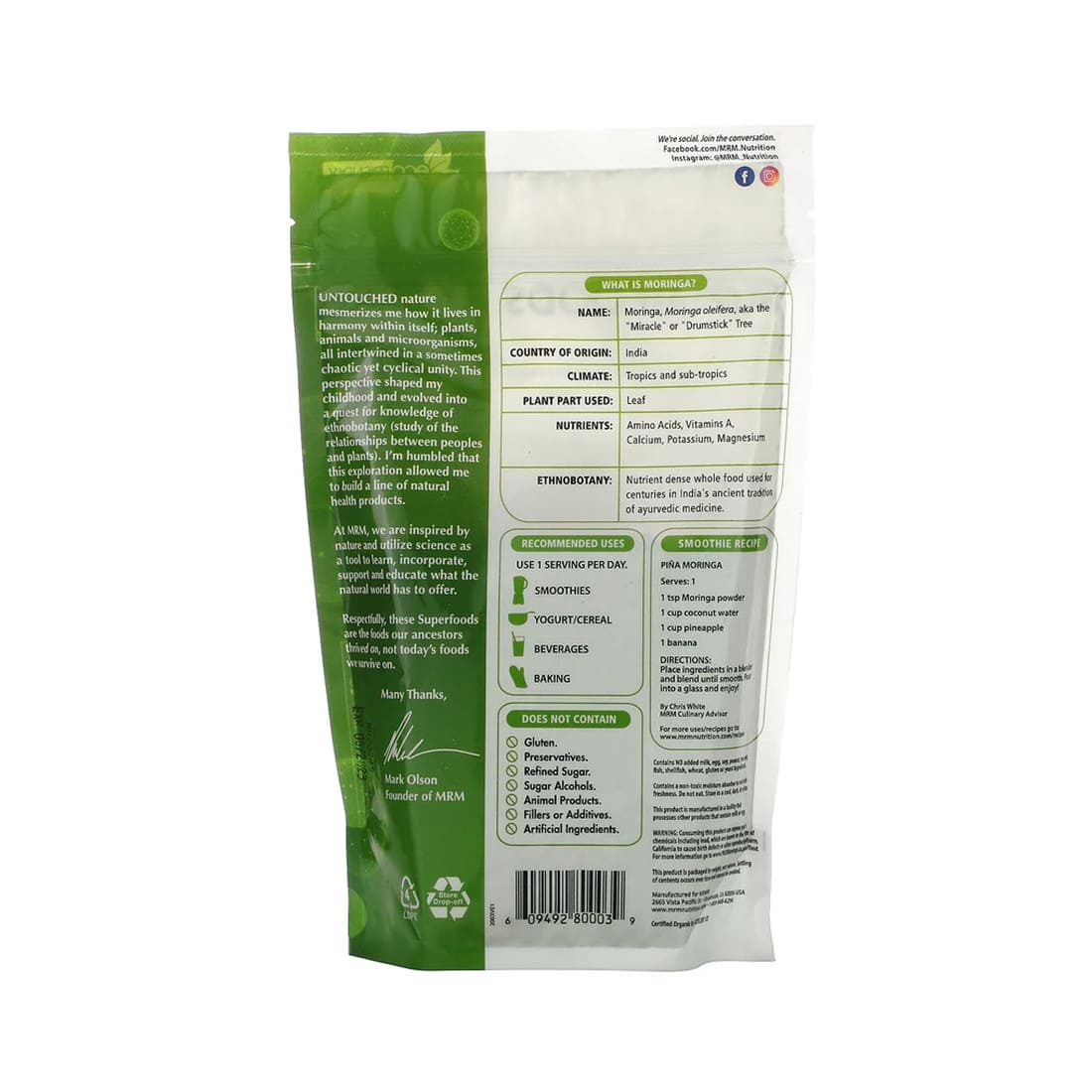
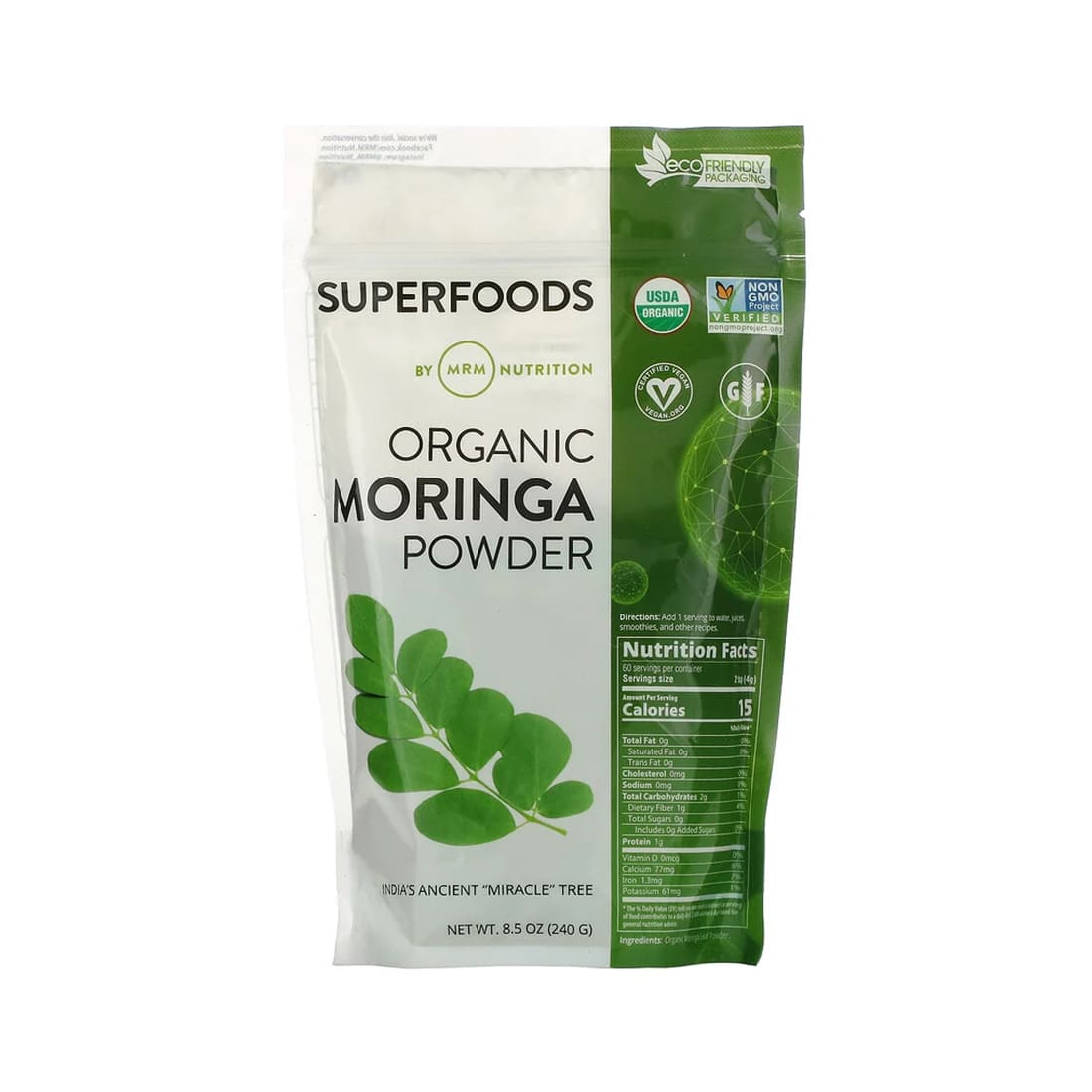
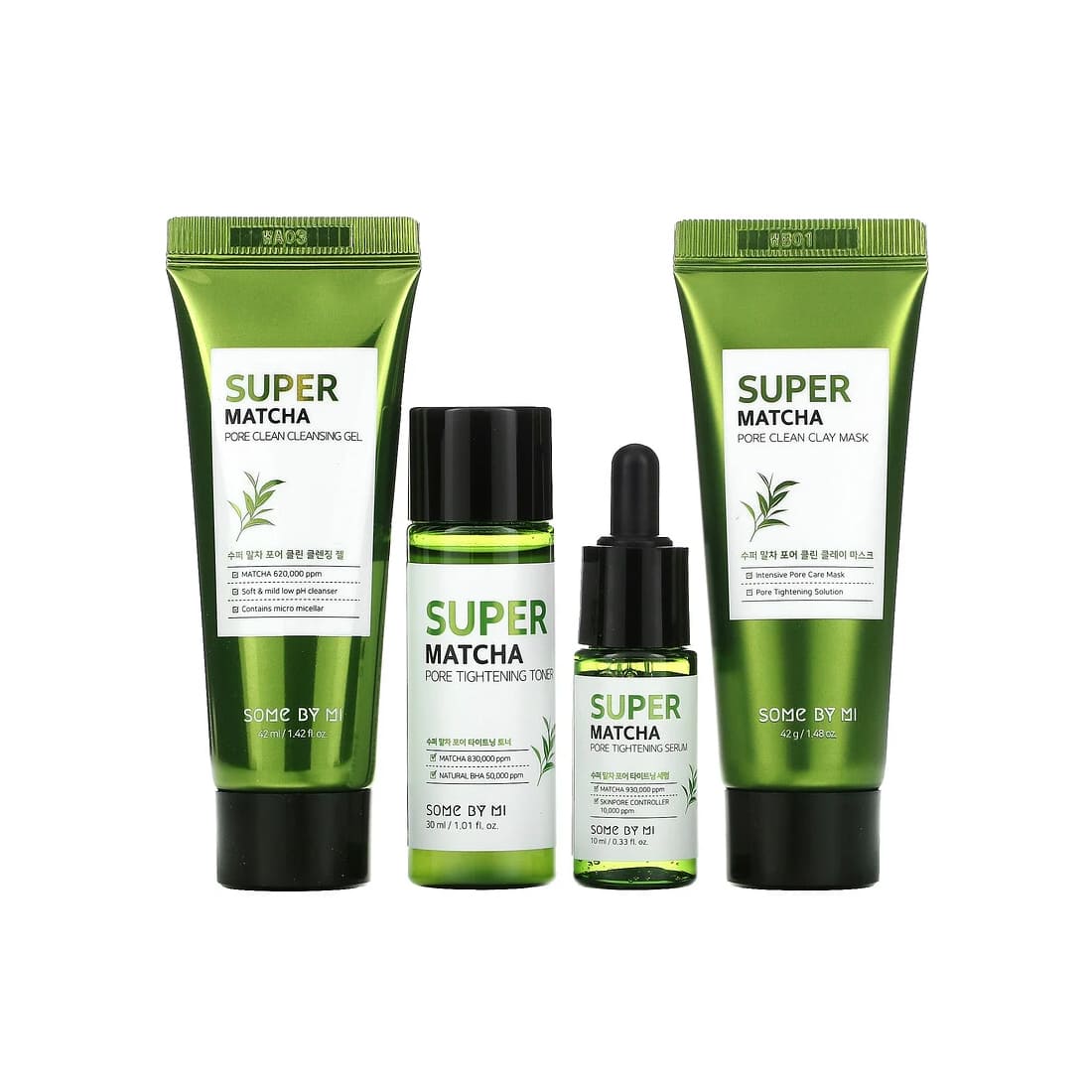
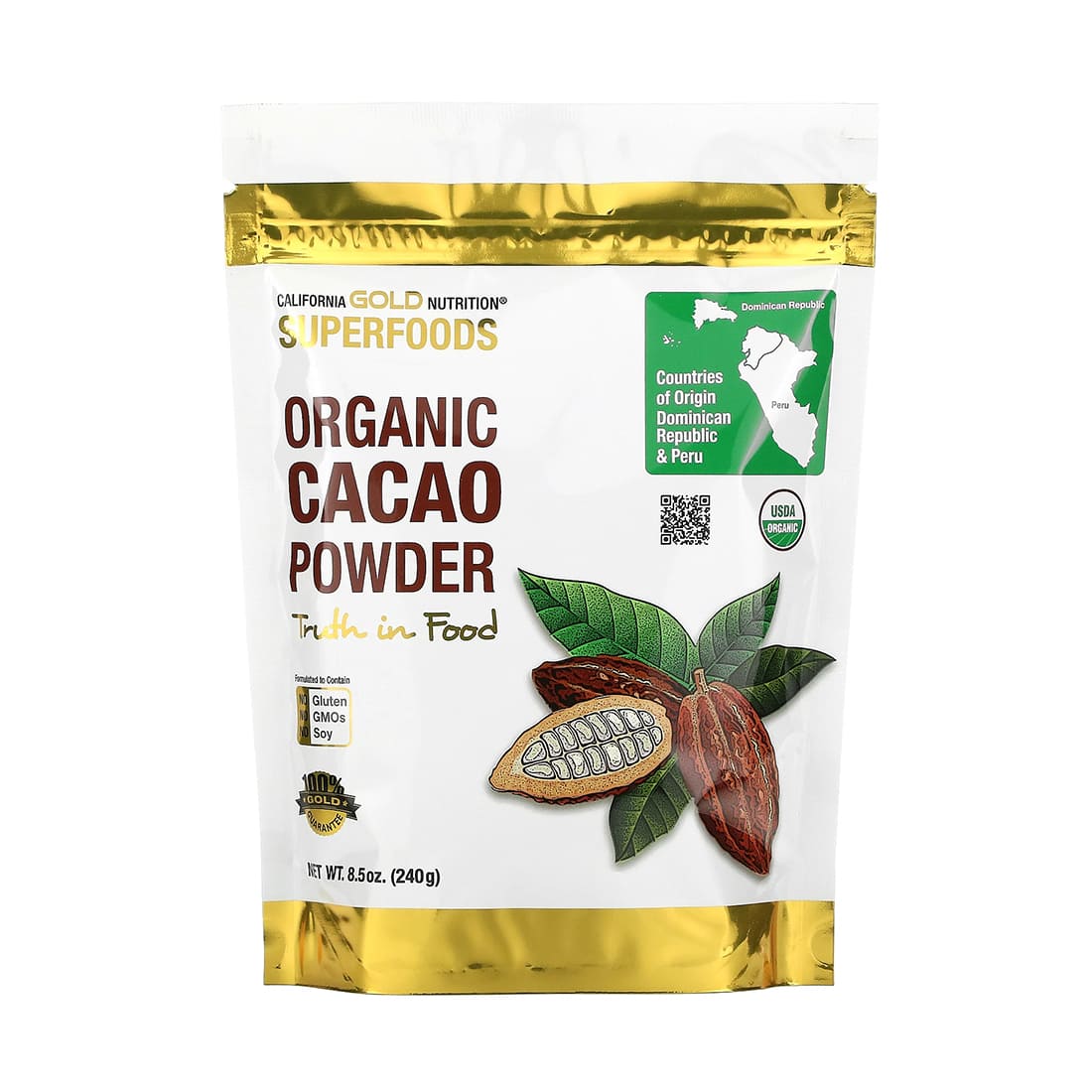
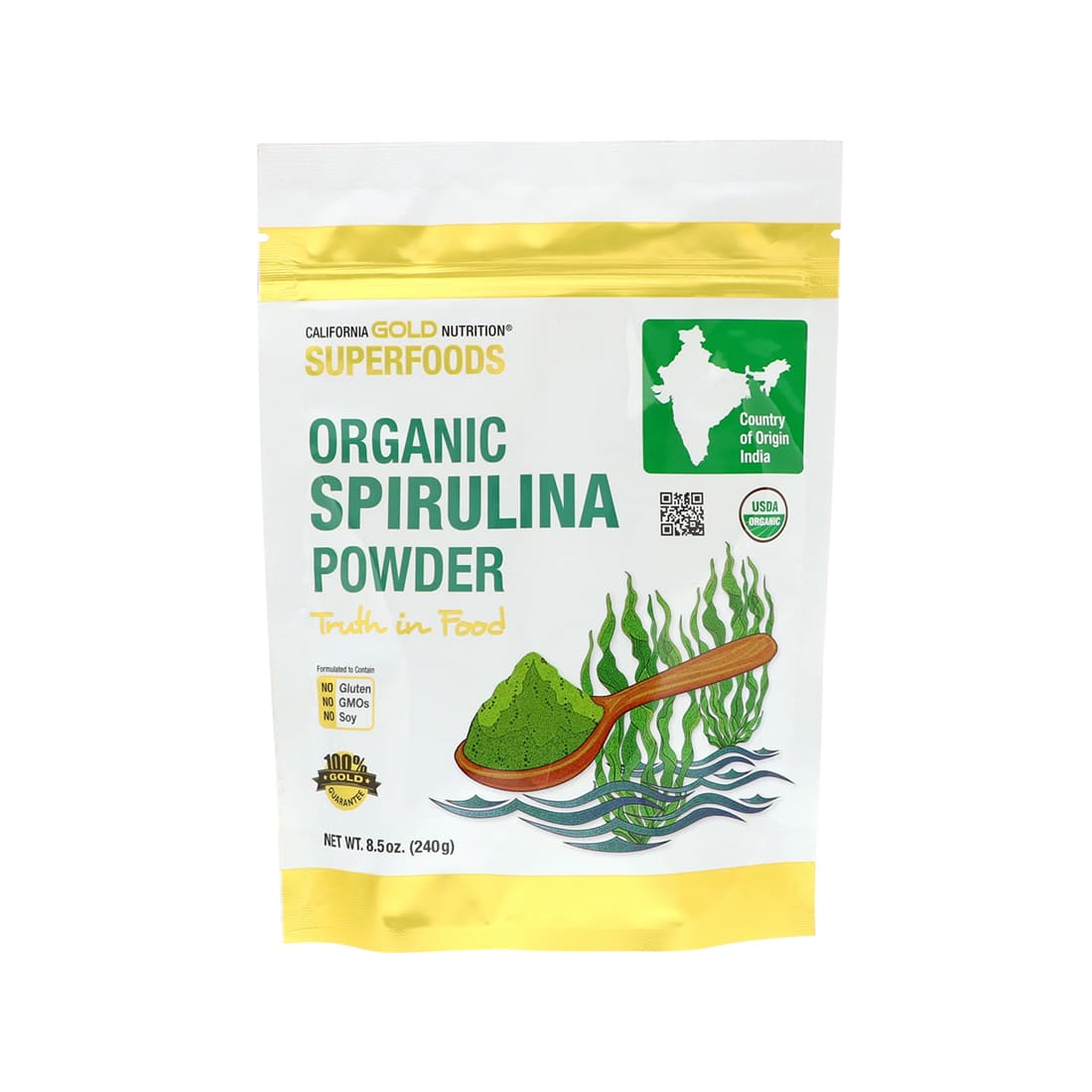
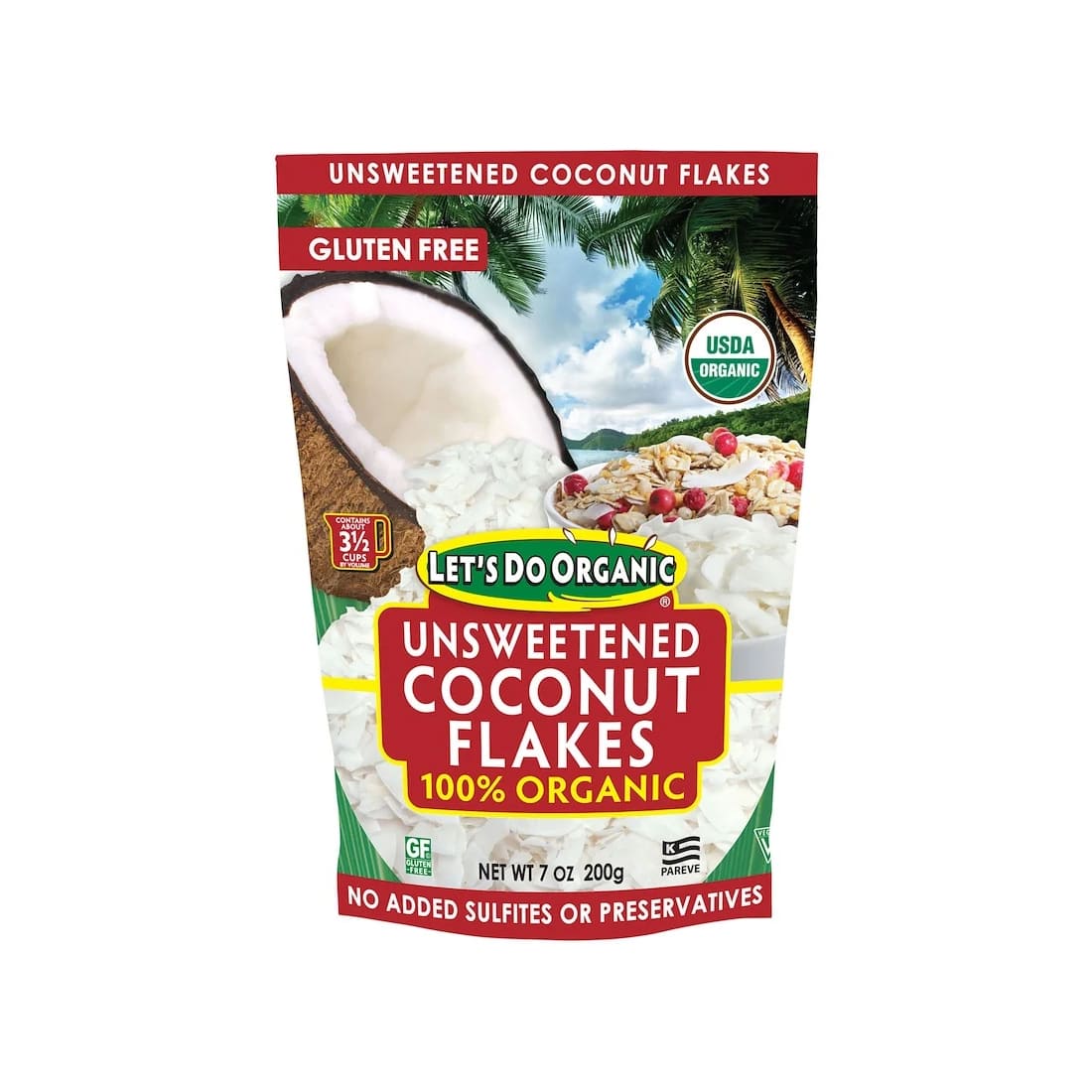









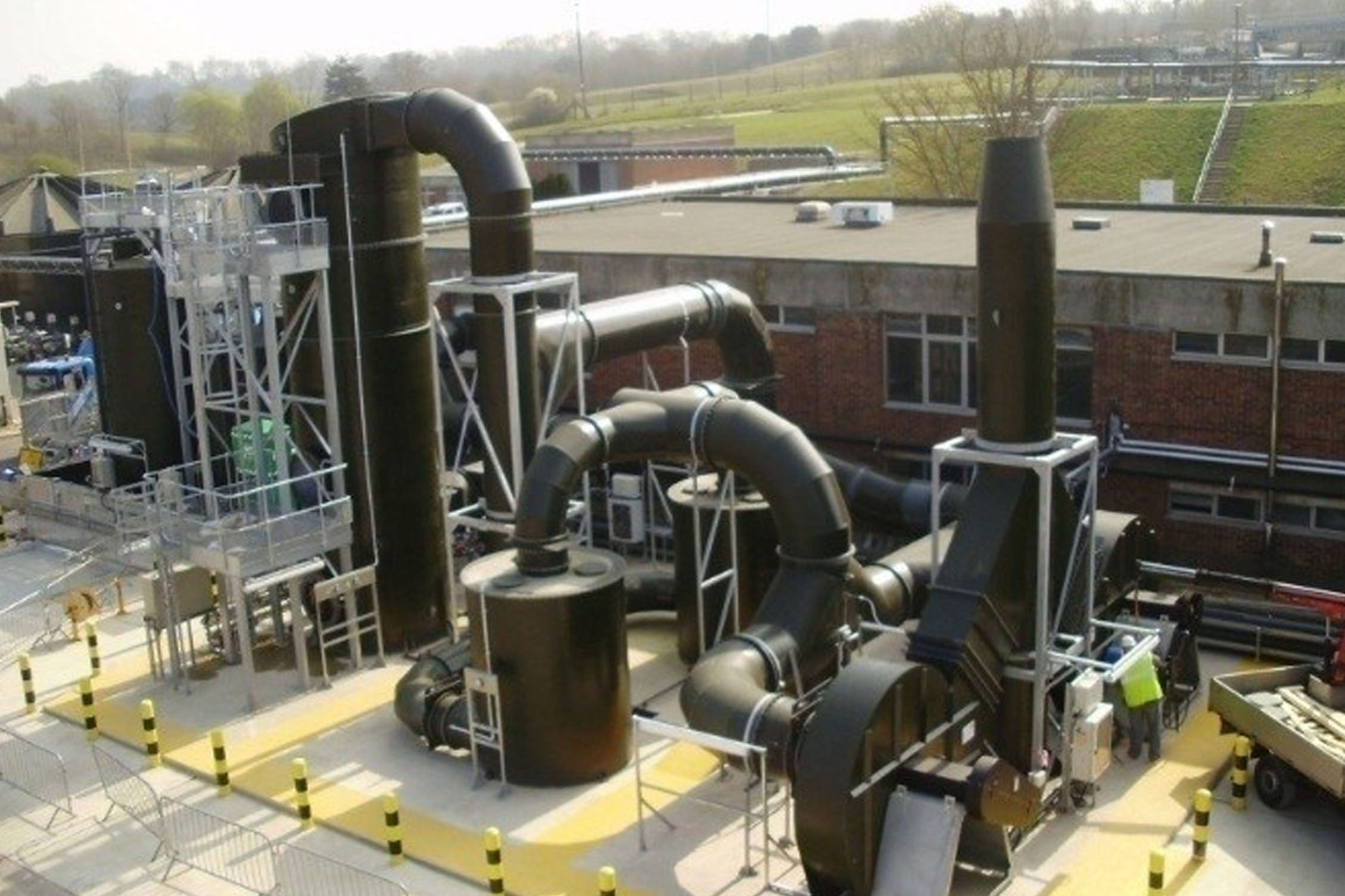
 Courier Service
Courier Service